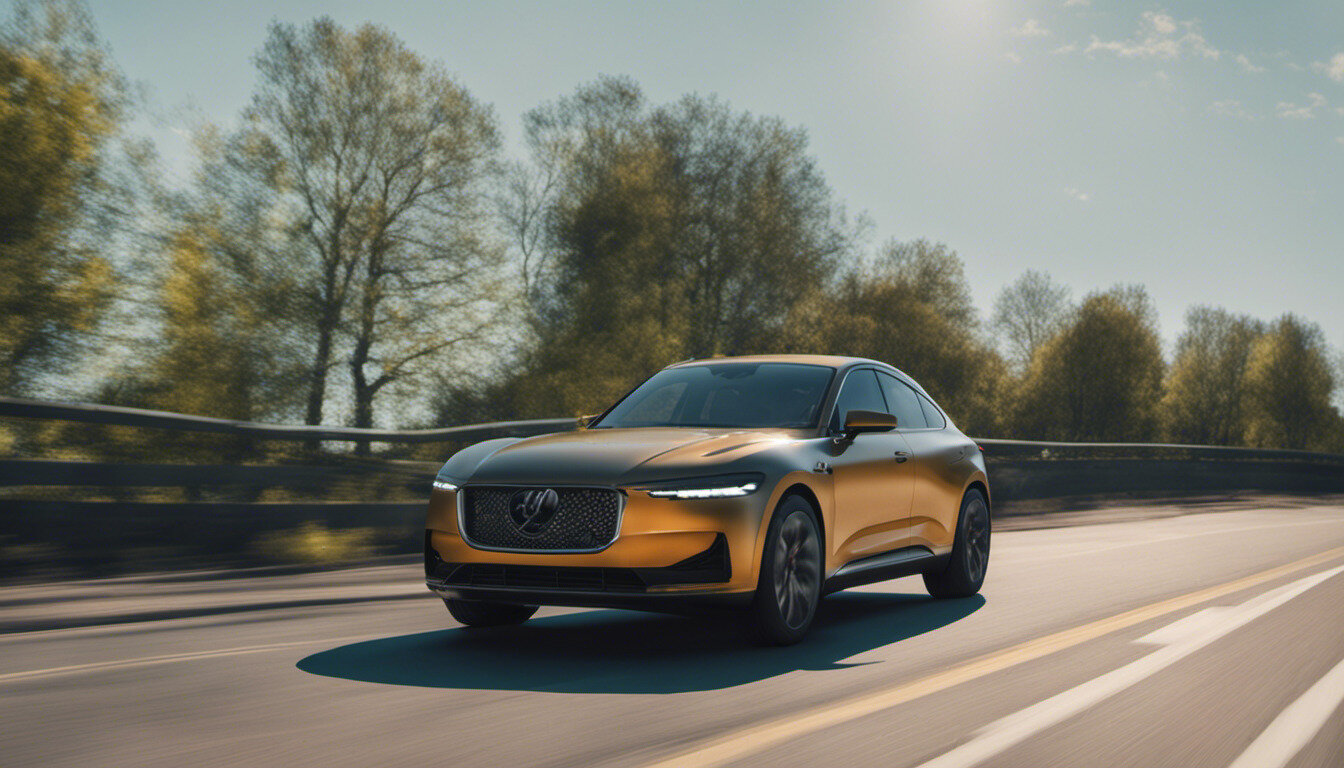
In the last decennia, the automotive industry has been changing. Twenty years ago, no one would ever believe that autonomous driving would even exist and yet nowadays people are becoming increasingly acquainted with this new feature in their “all electric Tesla mobile”.
Speculative innovations like this have merely been foreshadowing up until now. Imagine handing over your steering wheel to the AI system of a car and instead of driving all the time, relaxing in-between your drive. It is not a fantasy anymore, but a reality.

Because of this new disruption, the role of the driver is prone to switch from a manual to a partial autonomous driving mode. Accordingly, the classic, old-fashioned driving pleasure, of which the majority of us is (still) accustomed to, is influenced as well.
Driving pleasure is rather a subjective matter, that can be based on personal experiences and is also context- and/or car-related. A lot of car companies consider driving pleasure to be a core competency of their cars. Some companies even have slogans that mention this competency, for example “Sheer Driving Pleasure – BMW”. Furthermore, driving pleasure has an impact on the choice of car that people buy and how they drive. Therefore, the joy that people experience from driving is a major motive for car use and willingness to pay.
However in the future, one will rarely press the gas pedal, speed up and feel that adrenaline rush anymore. This “high” that drivers often experience might need to be redesigned, which will require car companies to revise their business models and strategies. Additionally they will need to anticipate on the concept of a “car”, changing over time. As the driver’s role changes, consequently so does the driving experience and driving pleasure.
As technology for autonomous driving advances, it is no longer groundbreaking to think that within several years of time we are likely to not be in control of the car anymore. This is a rather scary and risky thought, and a new approach might therefore be necessary to create awareness of the technology and getting people acquainted with the idea of handing over control.

Hi Jacky, first of all I want to mention that the article you wrote is interesting to read! Autonomous driving is in my opinion something that needs to be further researched in order to make it work. Having to handover your safety to a computer system and some sensors is still something that needs to gain trust. Although autonomous driving would be a lot safer, driving a car is still a quite inefficient way of transportation. Do you think autonomous public transport could be better for future development of autonomous transportation? Is autonomous driving just a step to create a society where nobody has to own a vehicle themselves?
Hi Jacky, a clearly structured essay! It’s quite a novel opinion to me that autonomous car will be disruptive to the existing market by changing the driving pleasure. This point is also consistent what we learned in the lecture: a new disruptive product/service will change the competition structure of a traditional industry by exploring new customers that the incumbents neglected or didn’t serve. In this case, autonomous cars will replace the the manual cars not just because they are more efficient, as we usually argued, but because they can satisfy new customers who don’t care about driving pleasure that much. Once this new market is took by autonomous car, scale economy effect will reduce the cost of autonomous car producers, and little by little they can compete with traditional manual cars with even lower price.
Interesting article Jacky! I agree that transitioning to a fully autonomous car will definitely require a creative approach in order to mimic/substitute that same driving pleasure you talk about. Having said that, there is one thing I am always skeptical about when it comes to autonomous driving: the timeline. For years now we have been hearing that in ‘’a few years’’ we will have fully autonomous cars, but that has yet to be the case. The most recent example of this would be Elon Musk claiming that Tesla will have level 5 autonomy (Fully autonomous) by the end of the year, only to have this refuted by his own employees who claim that Tesla is currently at level 2 autonomy (Partial automation).
It raises the question whether fully autonomous vehicles are perhaps still a distant future instead of a near future.